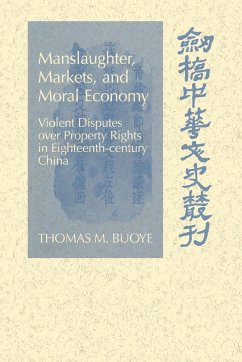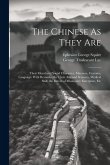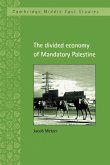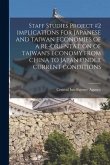Thomas Buoye examines the impact of large-scale economic change on social conflict in eighteenth-century China.
In this book, Thomas Buoye examines the impact of large-scale economic change on social conflict in eighteenth-century China. He draws upon a large body of actual, documented homicide cases originating in property disputes to recreate the social tensions of rural China during the Qianlong reign (1736-1795). The development of property rights, a process that had begun in the Ming dynasty, was accompanied by other changes that fostered disruption and conflict, including an explosion in the population growth and the increasing strain on land and resources, and increasing commercialization in agriculture. Buoye challenges the 'markets' and 'moral economy' theories of economic behaviour. Applying the theories of Douglass North for the first time to this subject, he uses an institutional framework to explain seemingly irrational economic choices. Buoye examines demographic and technological factors, ideology, and political and economic institutions in rural China to understand the link between economic and social change.
Review quote:
'This carefully researched and well-crafted book illuminates struggles over land and water in eighteenth-century Guangdong, as well as the nature of the legal process in the high Qing period.' Journal of Asian Studies
Table of contents:
List of maps, figures, and tables; List of Qing dynasty emperors' reign dates; List of weights and measures; Acknowledgments; Introduction; 1. Economic change, social conflict, and property rights; 2. 'Population increases daily': economic change during the eighteenth century; 3. 'As before each manage their own property': boundary and water-rights disputes; 4. 'Crafty and obdurate tenants': redemption, rent defaults, and evictions; 5. Temporal and geographic distributions of property-rights disputes in Guangdong; 6. Violence north, west, and south: property-rights disputes in Shandong, Sichuan, and Guangdong; 7. 'You will be rich but not benevolent': changing concepts of legitimacy and violent disputes; 8. Conclusion; Appendix; Bibliography; Index.
Hinweis: Dieser Artikel kann nur an eine deutsche Lieferadresse ausgeliefert werden.
In this book, Thomas Buoye examines the impact of large-scale economic change on social conflict in eighteenth-century China. He draws upon a large body of actual, documented homicide cases originating in property disputes to recreate the social tensions of rural China during the Qianlong reign (1736-1795). The development of property rights, a process that had begun in the Ming dynasty, was accompanied by other changes that fostered disruption and conflict, including an explosion in the population growth and the increasing strain on land and resources, and increasing commercialization in agriculture. Buoye challenges the 'markets' and 'moral economy' theories of economic behaviour. Applying the theories of Douglass North for the first time to this subject, he uses an institutional framework to explain seemingly irrational economic choices. Buoye examines demographic and technological factors, ideology, and political and economic institutions in rural China to understand the link between economic and social change.
Review quote:
'This carefully researched and well-crafted book illuminates struggles over land and water in eighteenth-century Guangdong, as well as the nature of the legal process in the high Qing period.' Journal of Asian Studies
Table of contents:
List of maps, figures, and tables; List of Qing dynasty emperors' reign dates; List of weights and measures; Acknowledgments; Introduction; 1. Economic change, social conflict, and property rights; 2. 'Population increases daily': economic change during the eighteenth century; 3. 'As before each manage their own property': boundary and water-rights disputes; 4. 'Crafty and obdurate tenants': redemption, rent defaults, and evictions; 5. Temporal and geographic distributions of property-rights disputes in Guangdong; 6. Violence north, west, and south: property-rights disputes in Shandong, Sichuan, and Guangdong; 7. 'You will be rich but not benevolent': changing concepts of legitimacy and violent disputes; 8. Conclusion; Appendix; Bibliography; Index.
Hinweis: Dieser Artikel kann nur an eine deutsche Lieferadresse ausgeliefert werden.








